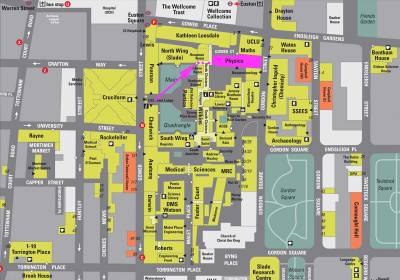HOME | MEMBERS | RESEARCH | PUBLICATIONS | LINKS |
About Me

I spent my final year in Prof. Peter Coveney's group carrying out all-atom molecular dynamics (MD) studies of cholesterol-anchored DNA nanopores, designed and synthesised by Prof. Stefan Howorka's group at UCL. DNA nanopores have a large variety of applications ranging from targeted drug delivery to stochastic sensing. The technique for such transmembrane channel synthesis is new and not much is known about DNA nanopores therefore it was of interest to explore pore properties using MD.
I joined Prof. Alex Shluger's group in September 2020 in order to complete my PhD.
Research
2D transition metal dichalcogenide

Since the discovery of graphene in 2010, 2D materials have been an active research area in the field of materials science. Transition metal dichalcogenides (TMDs) are layered materials in their bulk and can be synthesized in the 2D limit, exhibiting interesting properties such as a direct band gap, band splitting due to spin orbit coupling and large exciton binding energy. Due to this, they are a good option to use as materials for different types of devices. Still not much is known about the electronic structure of 2D TMDs, or how they interact with the surrounding environment which can promote defect formation/passivation or degradation of the material.
My PhD project is co-funded by EPSRC and A*STAR, Singapore and will involve both theoretical and experimental studies of TMDs. My experimental work will focus on TEM and STM imaging defects at surfaces of TMDs and their interaction with adsorbed molecules and will be carried out in Singapore from October 2021. I will use DFT modelling to understand and guide my experimental studies in collaboration with the experimental groups of Michel Bosman and Johnson Goh at IMRE, Singapore who synthesize the samples as well as Anna Regoutz whose group specializes in x-ray photoelectron spectroscopy for sample characterization.
Due to the large surface area of TMDs in the 2D limit, these materials can become very defective during synthesis. The defects affect the band structure of TMDs and interactions with surrounding environment (light and gasses). The main methods of sample preparation of TMDs are exfoliation and vapor deposition. Hence, I will model 2D TMDs in order to account for properties of defects (charged and neutral), grain boundaries and interactions of molecules such as H2O, O2 and S2 with the 2D surfaces.
 Close
Close




